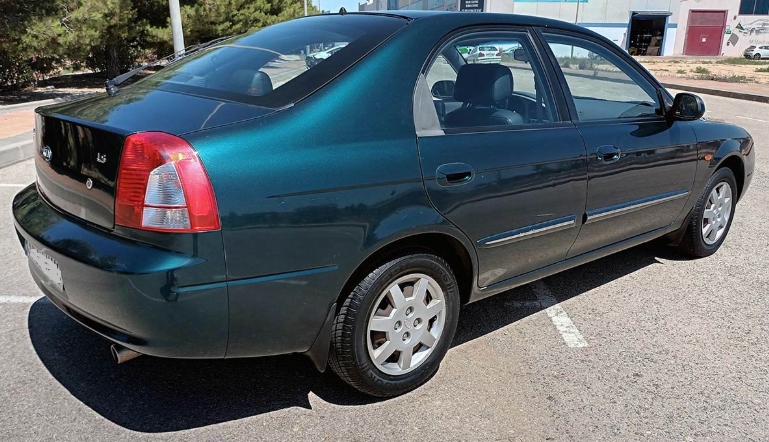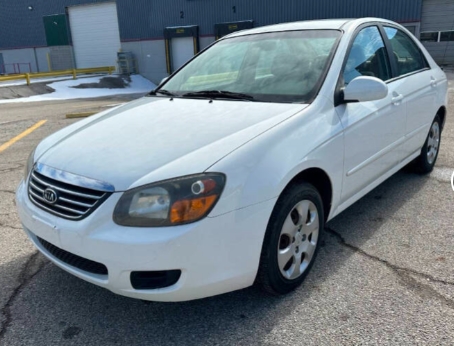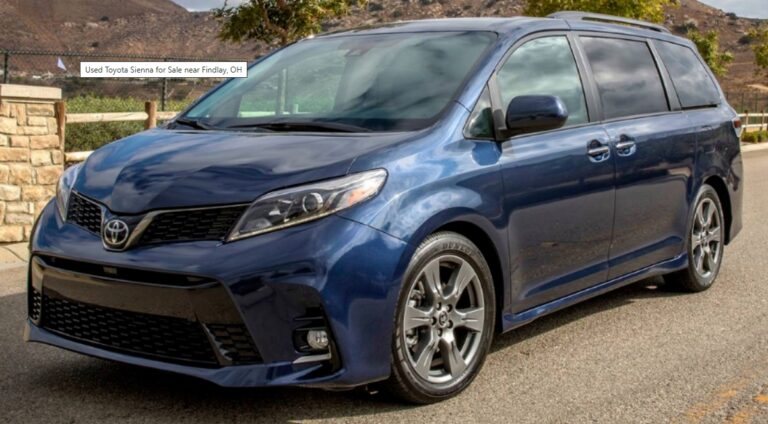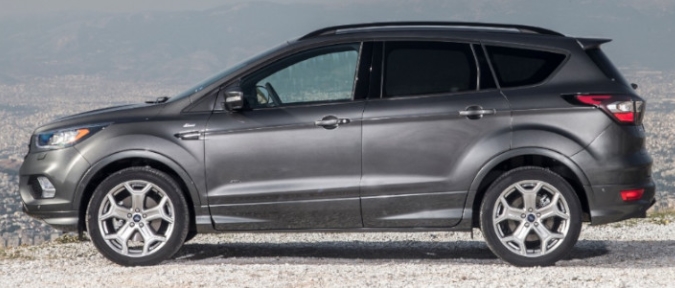The Humble Workhorse: Tracing the Evolution of the Kia Shuma
In the modern automotive landscape, Kia stands as a titan of design, technology, and value, producing globally acclaimed vehicles like the Telluride SUV, the Stinger performance sedan, and the groundbreaking EV6 electric car. This meteoric rise can make it difficult to recall the brand’s humbler origins—a time when Kia was synonymous not with cutting-edge style, but with budget-friendly, no-frills transportation. It was in this era that one of the most significant, yet often overlooked, models in the company’s history made its debut: the Kia Shuma.
The Shuma was more than just a car; it was a symbol of Kia’s transitional period in the late 1990s and early 2000s. It represented a crucial step away from licensed-built older models and towards developing a distinct, albeit modest, identity. Tracing its evolution reveals the story of a manufacturer finding its footing, laying the groundwork for the powerhouse it would become.
Genesis: The Sephia’s Sibling (First Generation, 1997–2001)
The story of the Shuma is intrinsically linked to its sedan counterpart, the Kia Sephia. While the first-generation Sephia (1992-1997) was Kia’s first independently designed passenger car, it was its second generation that spawned the Shuma. Launched in 1997, the second-generation Sephia was a complete redesign, moving away from the angular lines of its predecessor towards the softer, more rounded “bio-design” aesthetic popular in the mid-to-late 90s.
Instead of developing a separate hatchback model from the ground up, Kia created a five-door liftback version of the new Sephia and christened it the “Shuma.” In essence, the Sephia II and the Shuma were the same car from the B-pillar forward. They shared the same platform—a heavily modified derivative of the Mazda BG platform that underpinned the Mazda 323/Familia—as well as the same engines, suspension, and interior. The Shuma’s key differentiator was its practical, sloping rear hatch, which offered significantly more cargo versatility than the Sephia’s traditional trunk.
Design and Engineering
The first-generation Shuma’s design was a product of its time:inoffensive, anonymous, and characterized by soft, ovoid shapes. Its most distinguishing feature was its large, oval-shaped headlamps that gave the front fascia a slightly wide-eyed appearance. The body was smooth and uncluttered, prioritizing practicality over panache.
Under the hood, the Shuma was offered with a modest but reliable range of four-cylinder engines, reflecting its Mazda heritage.
- 1.5-litre BFD DOHC I4: This was the base engine in most markets. A derivative of Mazda’s B-series engine family, it produced approximately 88 horsepower (65 kW). While not powerful, it was known for its durability and reasonable fuel economy, making it a popular choice for budget-conscious buyers.
- 1.8-litre T8D DOHC I4: This was Kia’s first independently developed mass-production engine, though it still drew heavily from Mazda architecture. It was the “performance” option, delivering a more respectable 110-114 horsepower (82-85 kW). It provided the Shuma with adequate acceleration for highway merging and a more confident driving experience.
These engines were paired with either a standard 5-speed manual transmission or an optional 4-speed automatic.
Models and Trim Levels
Trim levels for the first-generation Shuma varied significantly by region, but they generally followed a three-tiered structure aimed squarely at the value end of the market. Its primary competitors were established giants like the Ford Focus, Volkswagen Golf, and Honda Civic, and Kia’s strategy was to undercut them on price while offering a comparable level of standard equipment.
- Base Trim (e.g., S, SLX): The entry point was spartan. Standard features were minimal, often including manual windows and door locks, unpainted bumpers, steel wheels with hubcaps, and a basic AM/FM radio, sometimes without even a cassette player. Air conditioning was typically an optional extra. This trim was purely about offering the lowest possible sticker price.
- Mid-Range Trim (e.g., SE, GSX): This was the volume seller and represented the best balance of price and features. It typically added essentials like air conditioning, power front windows, central locking, and body-coloured bumpers and mirrors. Upgraded cloth upholstery and a slightly better sound system were also common.
- Top-Tier Trim (e.g., GLX, Executive): The highest trim level packed in all available features to showcase maximum value. This included full power accessories (windows, mirrors, locks), alloy wheels, front fog lights, a sunroof, and often anti-lock brakes (ABS), which remained an option on lower trims. Despite being the “premium” Shuma, it still significantly undercut the price of similarly equipped rivals.
Throughout its initial run, the Shuma was a competent, if unexciting, vehicle. It did its job as a dependable, affordable family car, helping Kia build a crucial market presence, particularly in Europe and Australia.
.
THIS is GOOD stuff if your car is in need:

.
The Facelift: Shuma II and the Birth of the Spectra (2001–2004)
By the turn of the millennium, the soft, rounded styling of the late 90s was beginning to look dated. To keep the model competitive, Kia gave the Shuma and Sephia a significant facelift in 2001. This update was more than skin-deep and involved a crucial branding change in many markets.
The revised model was often marketed as the “Shuma II.” However, in North America and several other key markets, Kia dropped the Sephia and Shuma names entirely, consolidating both the sedan and liftback versions under a new global nameplate: the Kia Spectra.
A Sharper New Look
The most dramatic change was to the front end. The gentle, ovoid headlights were replaced with a much more aggressive, angular dual-headlamp design, often referred to as “bug-eyed” or “four-eyed.” This new face gave the car a more distinct and modern character, moving it away from the anonymity of its predecessor. The grille, bumpers, and hood were also restyled to match. The rear received updated taillight clusters and a revised trunk/hatch design.
Inside, the changes were more subtle. The dashboard layout was tweaked for better ergonomics, and materials were given a minor quality upgrade, though hard plastics still dominated the cabin. The goal was to create a more refined feel without driving up the cost.
Powertrain Updates
The engine lineup was largely carried over but saw some important revisions. The 1.8L T8D engine continued as the premium option. However, in many markets, the aging 1.5L Mazda-derived unit was replaced by a more modern engine from its new parent company, Hyundai.
- 1.6-litre Alpha II DOHC I4: Following Hyundai’s acquisition of a controlling stake in Kia in 1998, platform and powertrain sharing began in earnest. This 1.6L engine, also used in the Hyundai Accent, produced around 101 horsepower (75 kW). It offered a welcome performance boost over the outgoing 1.5L and signaled the future direction of Kia’s engineering.
Trim Levels (Shuma II / Spectra)
The trim structure for the facelifted model remained consistent with Kia’s value-first philosophy. The names were often updated to reflect the new branding (e.g., Spectra GS, GSX).
- Base (e.g., GS): This trim level now more commonly included standard features like power steering and a basic audio system, though air conditioning could still be optional in some markets to keep the entry price low.
- Mid-Range (e.g., GSX): This popular trim typically included air conditioning, power windows, and central locking as standard. It was the sweet spot of the range, offering modern conveniences without a premium price tag.
- Top-Tier (e.g., LS): The top-spec Spectra/Shuma II came well-equipped with alloy wheels, fog lights, cruise control, a higher-quality audio system with a CD player, and often safety features like ABS and front-seat side airbags, which were becoming more common in the segment.
This facelifted generation was a crucial bridge. It successfully extended the life of the platform while introducing the Spectra name, which would carry the torch for Kia in the compact segment for years to come.
The Successor: The End of the Lineage and a New Beginning (2004 Onwards)
By 2004, the Sephia/Shuma platform had run its course. It was replaced by an all-new model, known as the second-generation Spectra in North America and the Kia Cerato in most other parts of the world. While it carried the Spectra name forward in some regions, this new vehicle (codename: LD) was a complete departure from the Shuma lineage.
It was based on the Hyundai Elantra (XD) platform, marking a quantum leap forward in terms of engineering, refinement, and build quality. Its styling was sharp, clean, and contemporary, bearing no resemblance to the Shuma’s rounded form. The interior was a revelation, featuring vastly superior materials, fit, and finish. It was powered by a new generation of Hyundai/Kia “Beta II” engines and, for the first time in many markets, offered a common-rail diesel (CRDi) option that was vital for success in Europe.
This new Cerato/Spectra was the car that truly began to challenge the segment leaders on merit, not just on price. It signaled that Kia was no longer just a budget brand but a serious contender.
The Legacy of the Kia Shuma
The Kia Shuma itself was never a groundbreaking car. It was never the fastest, the most stylish, or the most luxurious in its class. Its legacy, however, is profound. The Shuma and its Spectra successor were the humble workhorses that kept Kia in the game during a critical period of transition and growth.
They established a foothold for the brand in fiercely competitive international markets by offering consumers exactly what they needed: reliable, practical, and affordable transportation. Every sale of a Shuma helped fund the research and development that would eventually lead to the world-class vehicles Kia produces today.
The evolution from the first-generation Shuma in 1997 to its replacement in 2004 charts a clear and rapid progression. It began as a re-bodied version of a sedan based on 1980s Mazda technology, evolved with a confident facelift and Hyundai-sourced power, and finally gave way to a truly modern, globally competitive vehicle. The Kia Shuma may be a footnote in automotive history, but it was an essential, hardworking chapter in the story of Kia’s remarkable transformation.







